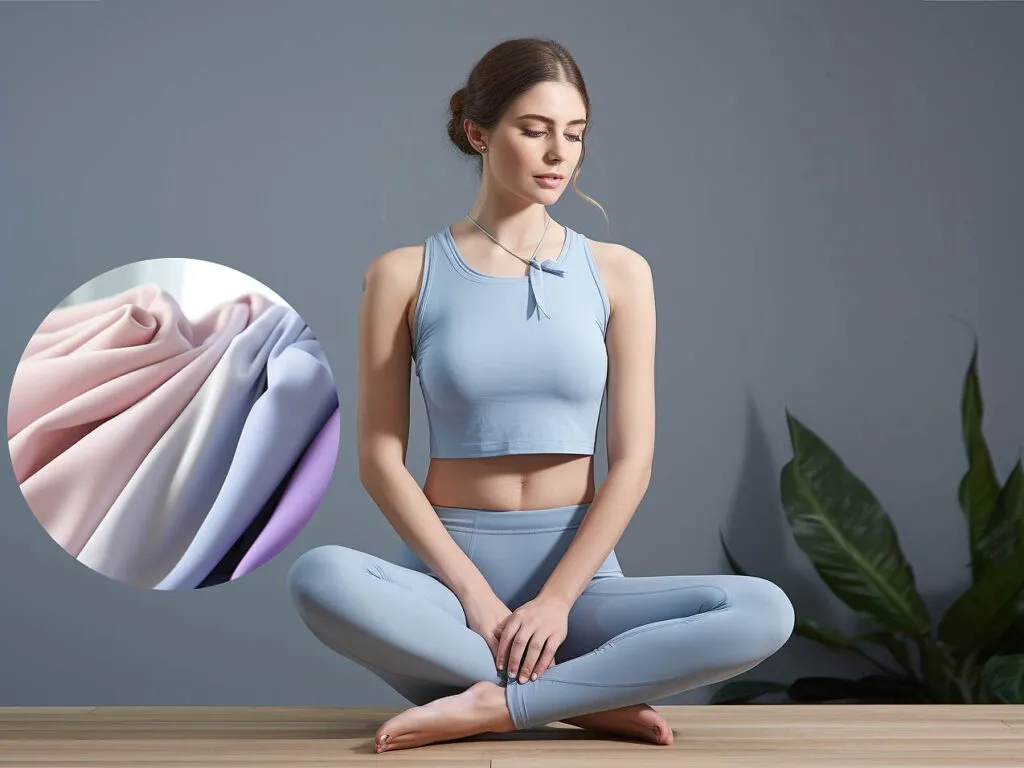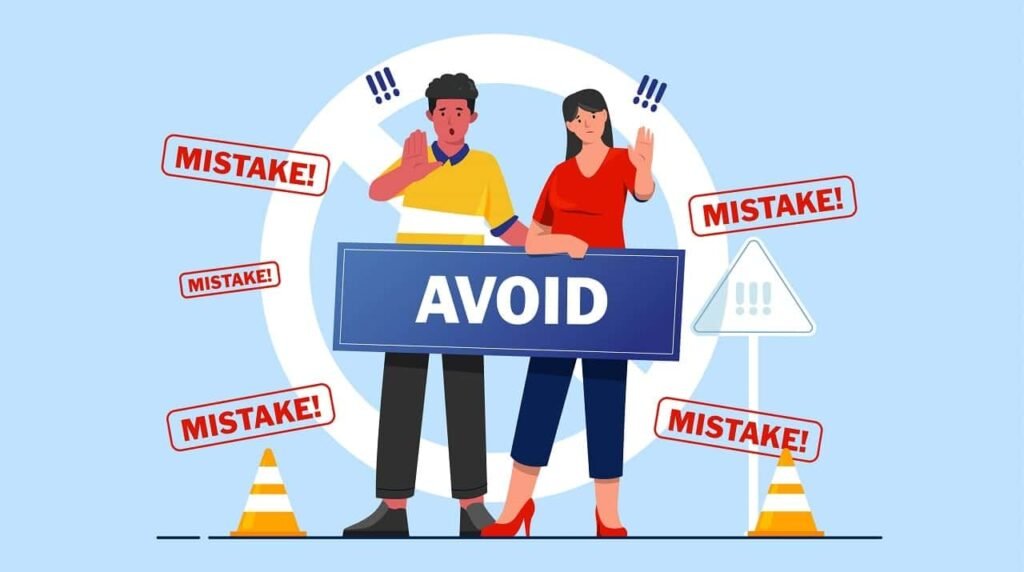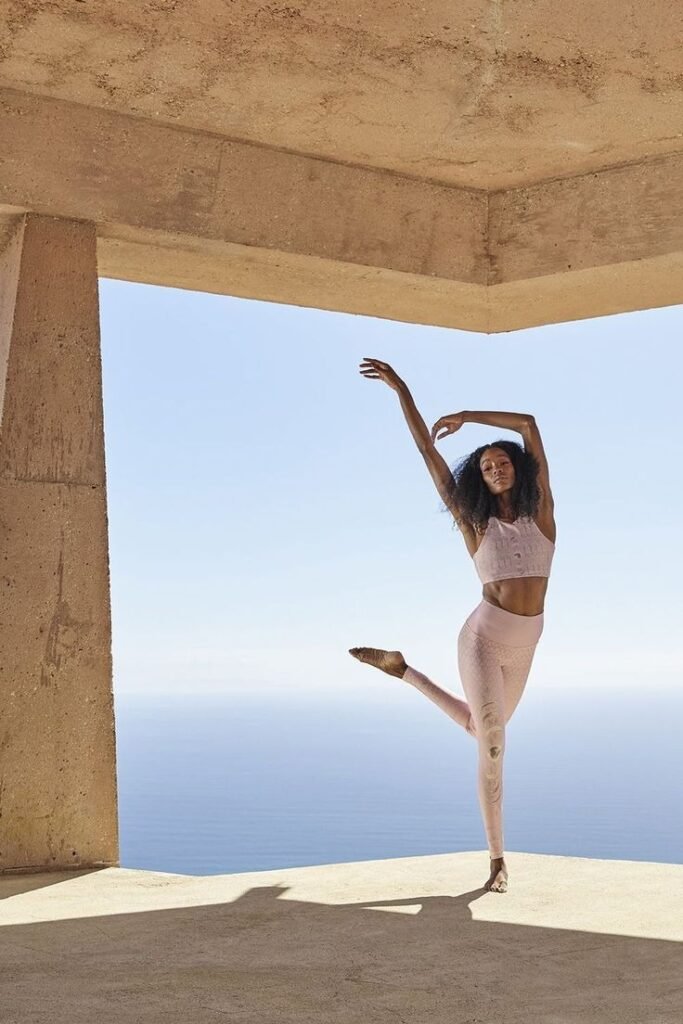Private labeling allows businesses to launch their own line of yoga apparel without the heavy burden of manufacturing infrastructure. Instead of starting from scratch, you work with a professional factory that already produces high-quality garments.
For startups, it’s a cost-effective way to enter the market quickly with a unique brand identity. You can start small, test your target audience, and scale up as demand grows.
For retailers, private labeling helps diversify your product range, offering exclusive designs that strengthen brand loyalty.
Private labeling gives you control over quality, design, and presentation—while the factory handles production, logistics, and compliance. This collaboration lets you focus on brand growth and customer relationships instead of technical production details.
Understanding the Private Label Process
Developing a successful private label yoga line involves several stages. Each step ensures that your final product reflects your brand’s values, quality standards, and customer expectations.
Step 1: Product Concept & Market Research
Start by defining your target customer and aesthetic direction. Are you designing minimalist yoga sets for studios, or vibrant athleisure outfits for everyday wear? Study your competitors, identify gaps in the market, and analyze what fabrics or fits your audience prefers.
Step 2: Choosing the Right Manufacturer
Selecting a manufacturer is one of the most critical decisions. Look for partners who specialize in yoga apparel, with proven experience in stretch fabrics, seamless construction, and moisture-wicking technology. Review samples, certifications, and references before committing.

Step 3: Design and Customization
Once your manufacturer is onboard, begin customizing your product. This includes selecting fabrics, colors, logo placements, waistband styles, and stitching details. Many suppliers offer in-house design teams who can help translate your sketches or ideas into professional tech packs.
Step 4: Sampling and Testing
Before full production, request samples to verify material comfort, fit, elasticity, and color accuracy. This stage helps you refine sizing and design elements. Never skip the sample stage—it ensures your final product matches your expectations.
Step 5: Bulk Production
After approval, production begins. Manufacturers cut fabrics, assemble garments, and apply printing, dyeing, or embroidery as required. Throughout production, quality control teams inspect stitching, measurements, and color consistency.
Step 6: Packaging and Shipping
Finally, your yoga wear is labeled and packed with your brand logo, swing tags, and custom packaging before shipping. You can choose eco-friendly packaging options to align with sustainability goals.
Private Label vs. Custom Manufacturing
| Feature | Private Label | Custom Manufacturing |
|---|---|---|
| Startup Cost | Lower – uses existing patterns | Higher – requires new designs |
| Lead Time | 4–8 weeks | 10–16 weeks |
| MOQ (Minimum Order Quantity) | Lower | Higher |
| Design Control | Moderate customization | Full creative control |
| Best For | Startups, small brands, online retailers | Large established brands |
Private label production strikes the perfect balance between affordability and flexibility. It’s ideal for new brands that want to test the market before committing to large-scale production.
Choosing a Reliable Yoga Wear Manufacturer
Your manufacturer plays a central role in shaping your brand’s reputation. A reliable factory not only delivers consistent quality but also offers technical expertise and sustainability solutions. When vetting suppliers, consider these factors:

- Experience and Specialization: Choose factories that focus on yoga and activewear. Their pattern-making and fabric-handling expertise ensures better fit and comfort.
- Sustainable Practices: Check if the factory uses recycled fibers, organic cotton, or low-impact dyes. Many modern buyers value environmental responsibility.
- MOQ Flexibility: Startups benefit from suppliers that allow smaller production runs without compromising quality.
- Communication: Regular updates, photos, and videos of production progress demonstrate transparency and reliability.
A manufacturer that values communication and long-term partnership will save you countless challenges down the road.
Fabric Innovation and Sustainability
Modern yoga wear isn’t just about looks—it’s about performance, comfort, and sustainability. The right fabric can make or break your collection. Today’s yoga brands often blend technical function with eco-friendly values.
Popular fabrics include:
- Recycled Polyester (RPET): Made from recycled bottles; lightweight, breathable, and durable.
- Nylon-Spandex Blend: Offers excellent stretch and recovery for intense workouts.
- Organic Cotton: Soft and breathable; suitable for gentle yoga and loungewear.
- Bamboo Fiber: Naturally antibacterial, moisture-wicking, and biodegradable.
- Tencel (Lyocell): A plant-based fabric that’s smooth, cool, and eco-conscious.
Combining innovation with sustainability helps brands connect with modern consumers who care about both performance and the planet.

Building a Strong Brand Identity
Private label success isn’t just about products—it’s about branding. Your brand should tell a story that connects emotionally with your audience.
Start with your brand mission. Are you promoting mindful living, inclusivity, or sustainability? Align your visuals, copy, and tone with these values.
Use cohesive packaging and color schemes that reflect your message—calming neutrals for a zen aesthetic or bold colors for energetic vibes.
Don’t forget the power of community. Collaborate with yoga instructors, ambassadors, or wellness influencers who embody your brand spirit. Authentic endorsements can drive trust and visibility.

Marketing Your Private Label Yoga Brand
Once your products are ready, visibility is everything. Digital marketing allows even small brands to compete globally.

- Social Media Presence: Showcase your apparel in real-life yoga settings. Use video content to demonstrate stretch, comfort, and style versatility.
- E-commerce SEO: Optimize your product pages with relevant keywords like “wholesale yoga sets,” “high-waist leggings,” or “eco-friendly yoga wear.”
- Email Marketing: Send new collection announcements, style tips, and wellness content to keep your audience engaged.
- User-Generated Content: Encourage customers to post and tag your brand on social media.
A combination of storytelling and consistent online visibility builds recognition and long-term customer loyalty.
Common Mistakes to Avoid
Even experienced retailers can face challenges when launching private label yoga lines. Avoid these pitfalls:
- Rushing Sampling: Skipping prototypes leads to sizing or comfort issues.
- Ignoring Target Market: Not every design appeals to every audience—focus your aesthetic.
- Underestimating Lead Time: Production, labeling, and shipping take weeks—plan ahead.
- Neglecting Quality Control: Request detailed inspection reports or third-party audits.

Patience and planning pay off in smoother operations and better brand credibility.
The Future of Private Label Yoga Wear

The yoga wear industry continues to evolve, blending technology, sustainability, and fashion. Private label manufacturing gives smaller brands a competitive edge, allowing quick adaptation to new trends.
Emerging developments include:
- On-Demand Manufacturing: Reduces waste and inventory risk.
- Inclusive Sizing: Expanding beyond standard sizes to embrace body diversity.
- Tech-Enhanced Fabrics: Fabrics that regulate temperature or track performance.
- Hybrid Athleisure: Designs that transition seamlessly from yoga studios to casual wear.
Brands that stay agile and customer-focused will thrive in this growing market.
Conclusion
Private label yoga clothing is transforming the way startups and retailers build their activewear brands. By partnering with experienced manufacturers, entrepreneurs can offer premium, sustainable, and stylish products without the high costs of in-house production.
In an industry defined by wellness, mindfulness, and individuality, private labeling empowers you to create apparel that truly represents your brand’s vision—one stretch at a time.



![[JuncoSports]The Insider's Guide to Sourcing High-Quality Wholesale Yoga Apparel](https://www.juncosports.com/wp-content/uploads/2025/07/image-15.jpg)
![[JuncoSports]From Studio to Street: Top 5 Wholesale Yoga Apparel Trends for Maximum Profit](https://www.juncosports.com/wp-content/uploads/2025/07/image-16.jpg)
![[JuncoSports]7 Red Flags to Watch for When Choosing Yoga Clothing Suppliers](https://www.juncosports.com/wp-content/uploads/2025/07/image-17.jpg)
